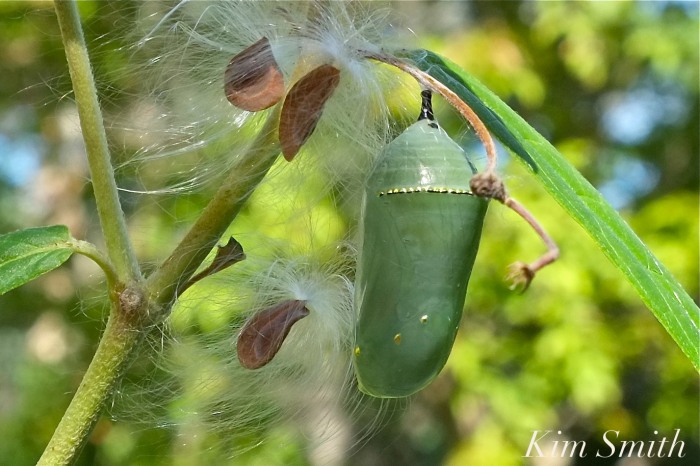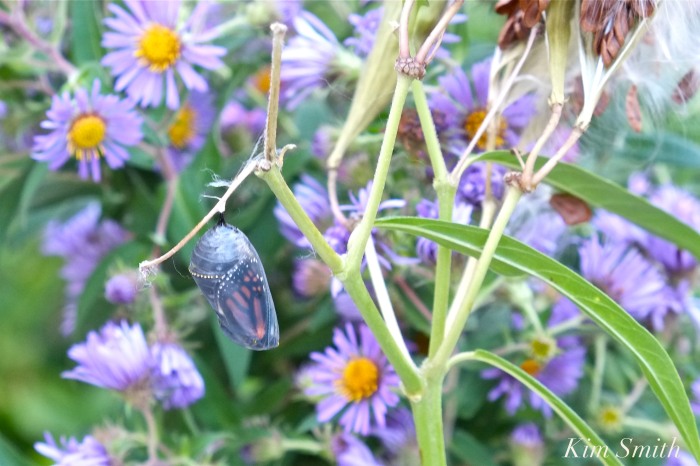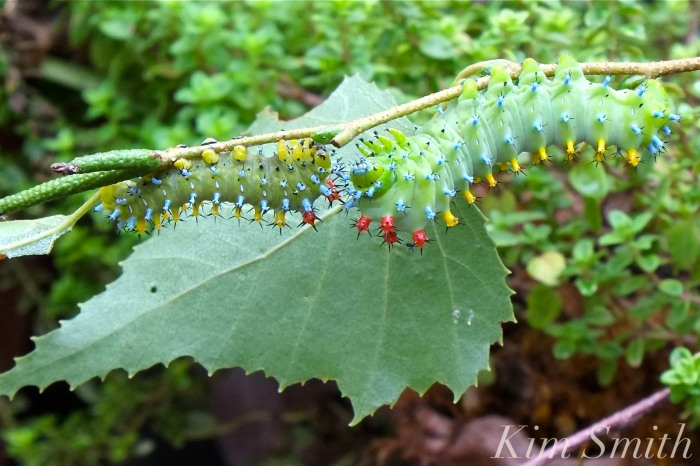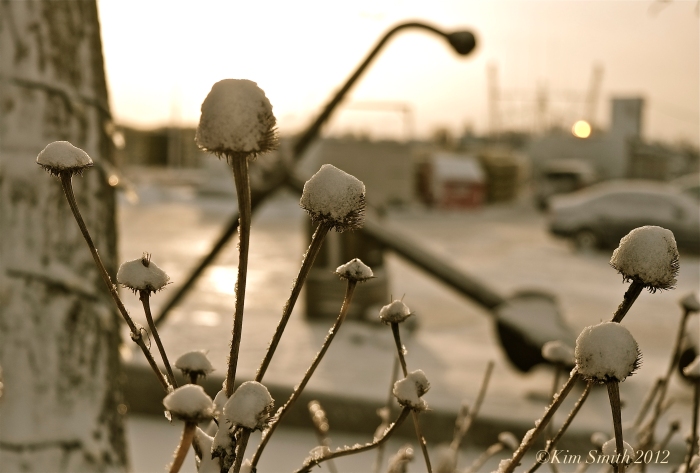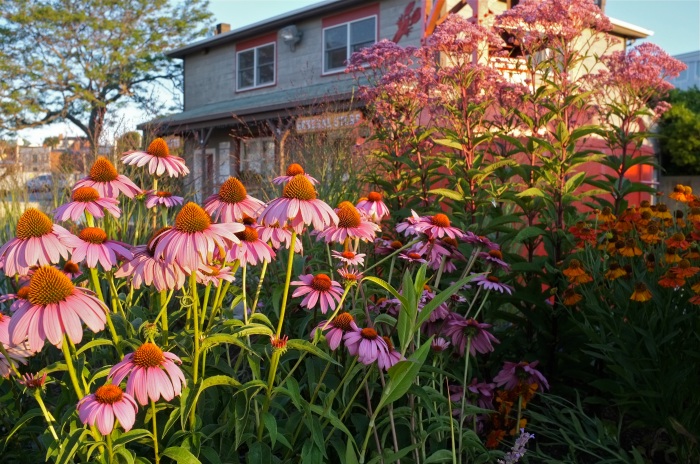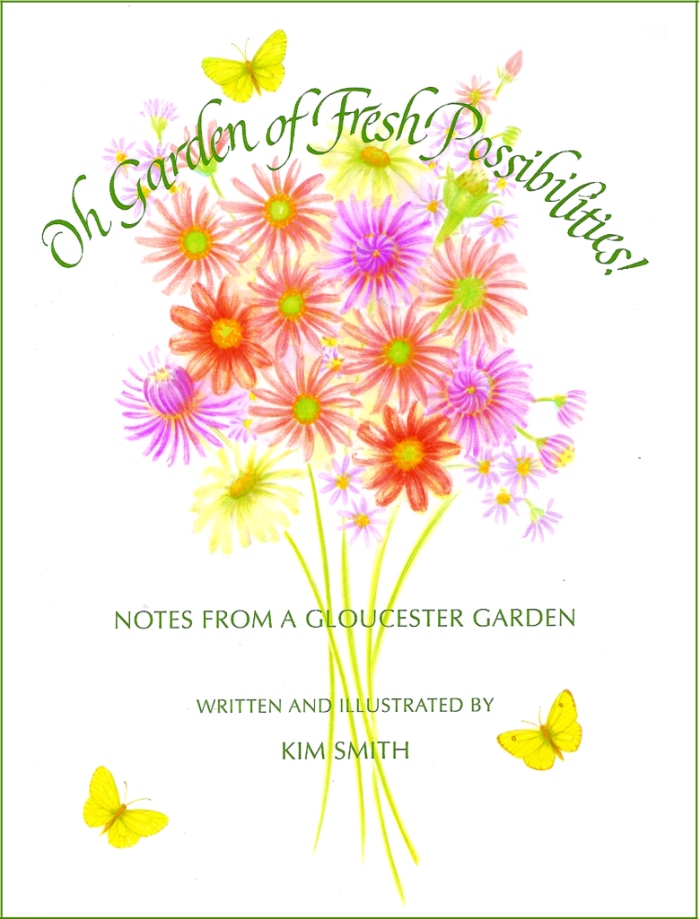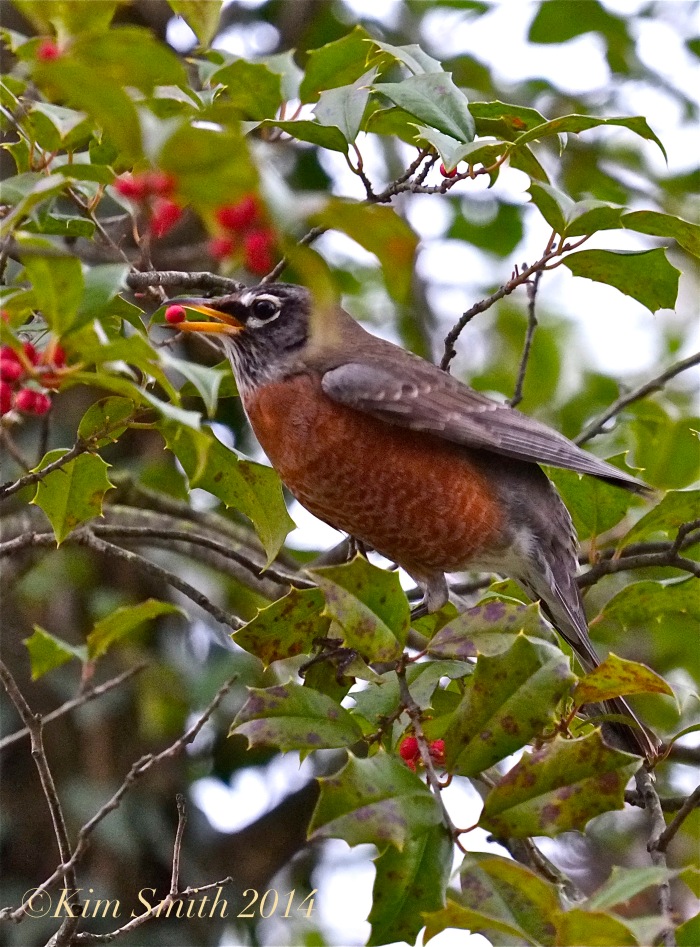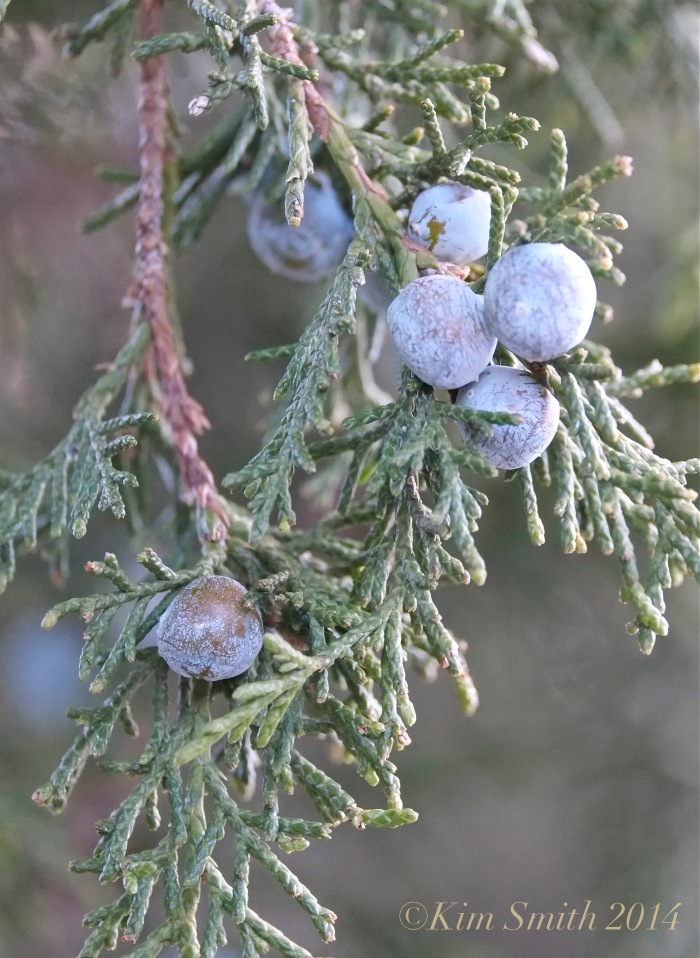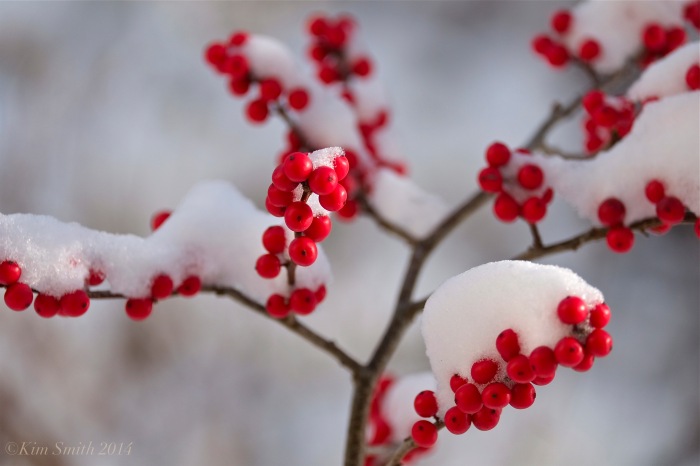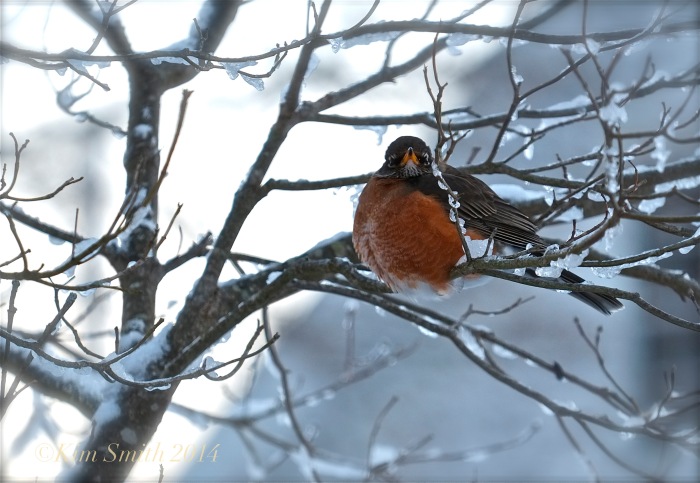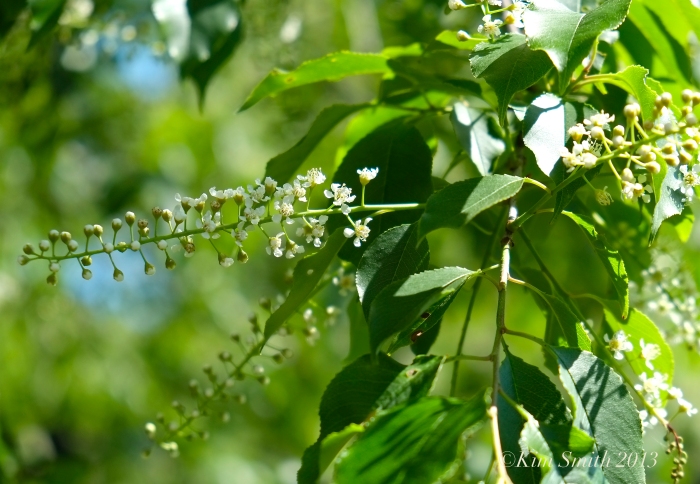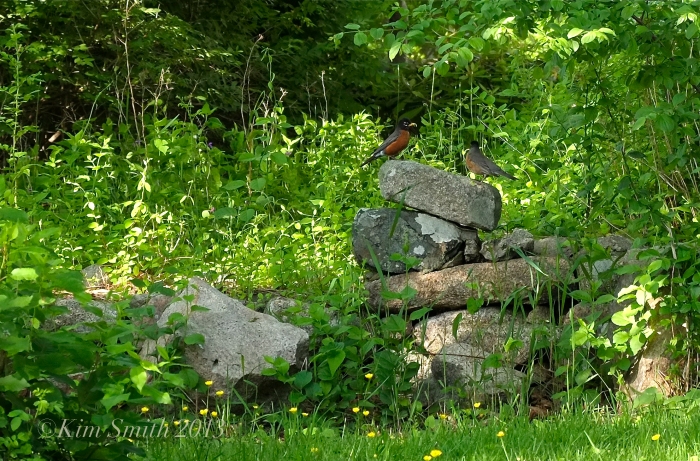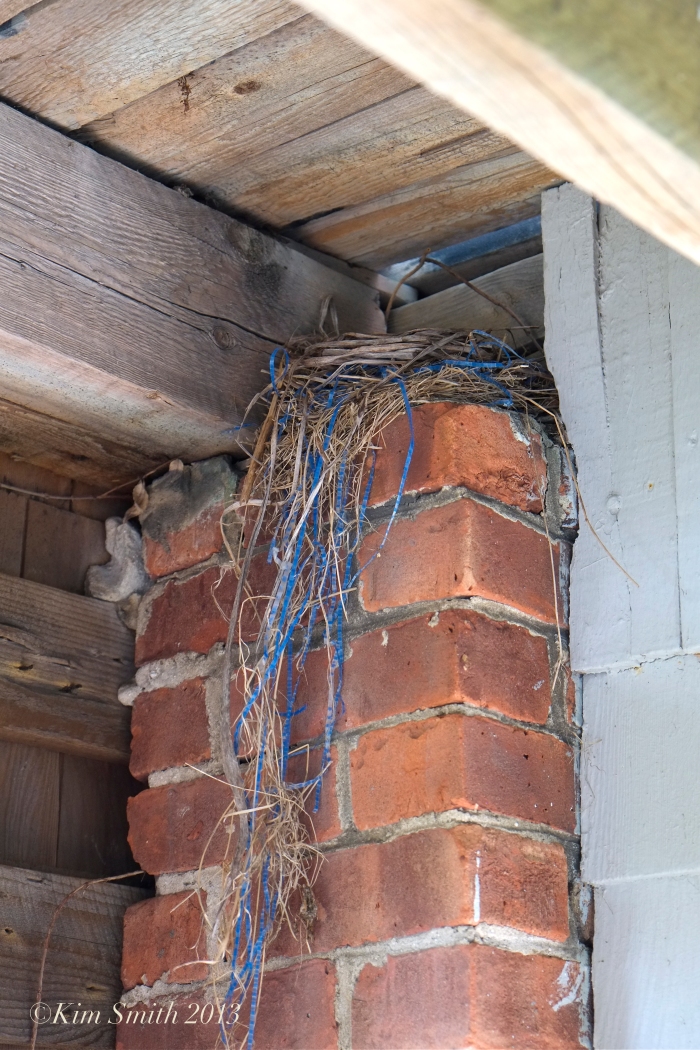Tomorrow, Monday, I’ll be giving my Pollinator Garden program in Osterville. Cape Cod friends please let me know if you would like to attend (kimsmithdesigns@hotmail.com). Tuesday I’ll be at the Nahant Country Club but I am most excited about giving the program at the Sawyer Free Library on Thursday evening. I hope to see you there!
Tag: habitat gardening
KIM SMITH POLLINATOR GARDEN TALK AT THE SAWYER FREE LIBRARY
Dear Friends,
Please join me April 6th at 7pm, at the Sawyer Free Library where I will be giving my Pollinator Garden talk and screening several short films. The event is free and open to the public. I am looking forward to presenting this program at our wonderful Sawyer Free and hope to see you there!!
 Thank you to Diana Cummings at the Sawyer Free Library for making the lovely poster!
Thank you to Diana Cummings at the Sawyer Free Library for making the lovely poster!
Echinacea and Bee
A Splash of Color for Winter Weary Eyes!
In preparation for the upcoming season of programs that I give, which are centered around designing gardens to support pollinators, one of my jobs is to refresh and update the photos that are an integral part of the presentation. This past month I have been immersed in colorful images and tomorrow I am giving my new monarch butterfly presentation at (the other) Cape. Here are some of the outtakes from my pollinator habitat programs for our winter weary eyes.
Phlox and Luna Moth
Sunflower and Joe-pye Weed
Monarch Butterfly and Cape Honeysuckle, Goleta California
Pollinator Gardening Tip: Deadheading
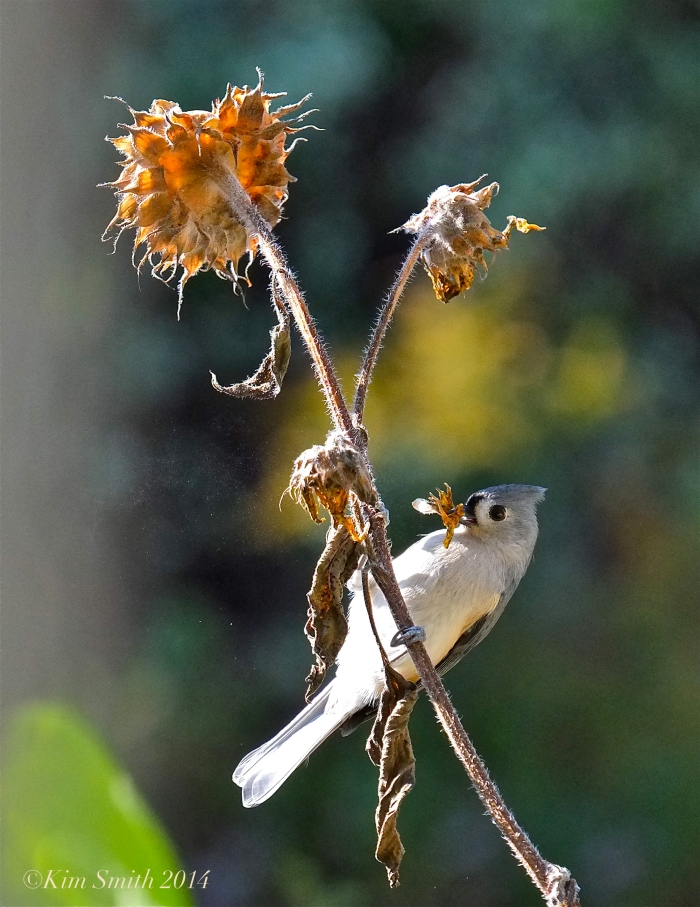 Tufted titmouse ~ Baeolophus bicolor
Tufted titmouse ~ Baeolophus bicolor
In my garden design practice, the topic of deadheading flowers comes up often, especially at this time of year. The habitat garden is designed for people and for pollinators and the objective is to find a balance between the two. Esthetically speaking, to some, a garden only looks its best when every plant is tidily trimmed and every spent flower blossom removed. But to a hungry bird on the wing, an expiring sunflower or cosmos is bird food. Some plants should be deadheaded and pruned however, the next time you get a jones to neaten a plant, take a moment to look at it from the perspective of a songbird.
Black-capped Chicakdee ~ Poecile articapillus
I like a bit of unruliness in the garden and don’t even deadhead cosmos any longer. They will continue to flower whether deadheaded or not. A few weeks ago while working with several of our wonderful HarborWalk volunteers, I was explaining what plants to deadhead and what plants not to deadhead, and why, when at the very moment that I was speaking those very words, three brilliant cadmium yellow goldfinches flew on the scene and began devouring the seed heads of a nearby coneflower!
American Goldfinch Eating Cosmos Seeds
And too, a batch of Echinacea not only provides mid-winter sustenance to hungry birds, the seed heads sure look pretty silhouetted by new fallen snow.
FRIENDS OF THE HARBOR WALK ~ CLEAN UP POSTPONED UNTIL SUNDAY, APRIL 6, 2014
Due to rain predicted, clean up is postponed until Sunday, April 6th at 10:00am. Thank you everyone who was and is planning to come. You don’t need to be a gardener to lend a hand and I will have extra pruners and rakes available.
Join us Sunday, April 6th at 10:00am (weather permitting). We are going to be cleaning up the HarborWalk butterfly gardens. Sharpen your pruners and come on down and learn about some of the native beauties planted at the gardens!
Friends of the HarborWalk Call for Volunteers Sunday Morning March 29th Clean Up
Lecture: Oh Garden of Fresh Possibilities! Notes from a Gloucester Garden
On Thursday, March 6th, at 7:30pm I will be giving a slide presentation and lecture for the Holden Garden Club. The lecture is based on my book, Oh Garden of Fresh Possibilities!, which I both wrote and illustrated.
Now is the perfect time of year to read Oh Garden, as we dream of spring awakenings and all the garden’s possibilities!
See the Events page of my website for upcoming lectures and film screenings open to the public.
Addendum to the post ~
Brian M. O’Connor, “happy me” asks in the comment section, “what beach or dock is Holden near?”
My response:
Hi Brian,
How you you? How is your beautiful daughter Amelia?
I am so blessed that Oh Garden has sold all around the country, as well as in Canada and England, and continues to do so. It has legs for a reason. The information within its pages continues to have relevance and inform. My book is primarily about garden design, with a tremendous amount of information about habitat gardening; how to create a welcoming haven for people, butterflies, and songbirds; how to create a fragrant garden, and beautiful Gloucester gives it a sense of place. I wrote Oh Garden for my children, and primarily for young families just starting out with a garden, and for people who want a new look to their garden, to try something new and give them a fresh way of thinking about their existing garden.
One reason I chose my publisher, David R. Godine, is because he has a fabulous backlist catalogue; books don’t end up in the remand pile, which is the fate of most non-self published books today if they aren’t number one best sellers.
Thanks so much Brian for the question!
Best wishes to you and your family.
Birds of Cape Ann: The American Robin and Bird Food!
Right on schedule! Beautiful and welcome migrant flocks of American Robins arrive annually in Gloucester during the month of February, dining on local fruits, berries and fish fry.
During the winter months Cape Ann often becomes home to large flocks of robins, and we have had the joy of hosting numerous numbers in our garden. I can’t help but notice their arrival. Their shadows descend, crisscrossing the window light, followed by a wild rumpus in the ‘Dragon Lady’ hollies. This pair of hollies is planted on opposing sides of the garden path, alongside my home office. I have learned to stealthily sneak up to a window, as any sudden activity inside startles birds that are investigating our garden, and they quickly disperse. Dining not only on berries of the ‘Dragon Ladies’, but also the ‘Blue Princess’ Meserve holly and winterberry bushes, I find dozens of noisy, hungry robins.
These winter nomads flock to trees and shrubs that hold their fruit through January and February, feasting on red cedar, American holly, Meserve hollies, chokecherries, crabapples, and juniper. Robins traveling along the shores of Cape Ann also comb the shoreline for mollusks, and go belly-deep for fish fry. Depleting their food supply, they move onto the next location. Gardens rife with fruiting shrubs and trees make an ideal destination for our migrating friends.
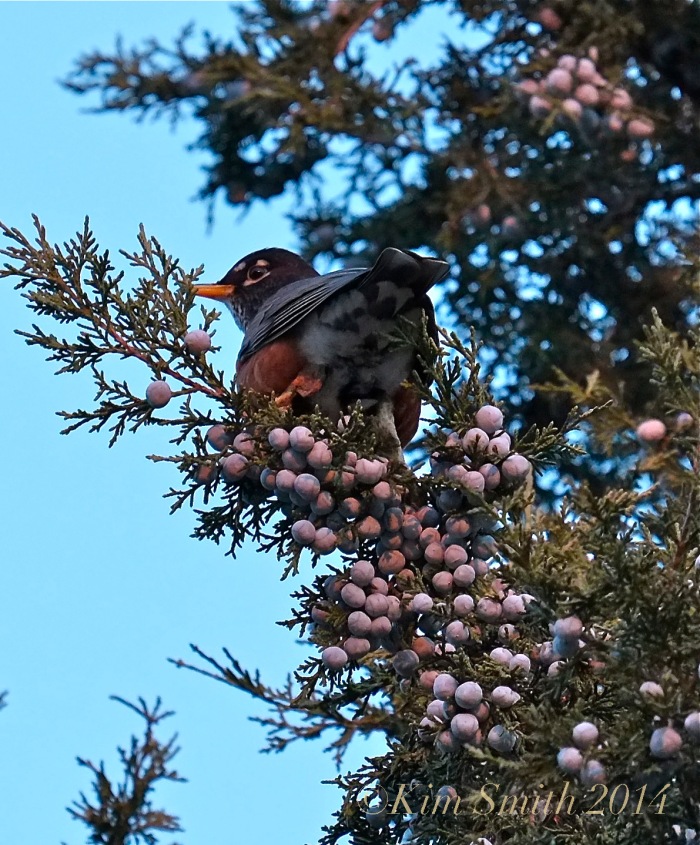 American Robin Eating Eastern Red Cedar Fruits
American Robin Eating Eastern Red Cedar Fruits
Habitat Gardening Tip:
The garden designed to attract nesting pairs of summer resident robins, as well as flocks of winter travelers, would be comprised of trees and shrubs for nest building, plants that bear fruit and berries that are edible during the summer and fall, and plants that bear fruits that persist through the winter months. Suburban gardens and agricultural areas provide the ideal habitat, with open fields and lawns for foraging insects as well as trees and hedgerows in which to build their nests.
The following plants, suggested with robins in mind, will also attract legions of songbirds and Lepidoptera. The list is comprised primarily of indigenous species with a few non-native, but not invasive, plants included.
Trees for nesting ~ American Holly (Ilex opaca), Eastern Red Cedar (Juniperus virginiana), Red Maple (Acer rubrum), Sugar Maple (Acer saccharum), Flowering Dogwood (Cornus florida).
Summer and autumn fruit bearing trees, shrubs and vines for robins ~ Black Cherry (Prunus serotina), Blackberry (Rubus spp.), Flowering Dogwood (Cornus florida), Gray Dogwood (C. racemosa), Red-osier Dogwood (C. sericea), Silky Dogwood (C. amomum), Elderberry (Sambucus canadensis), Apple (Malus pumila), Virginia Rose (Rosa virginiana), Highbush Blueberry (Vaccinium corymbosum), Lowbush Blueberry (Vaccinium angustifolium), Wild Grape (Vitis spp.).
Trees and shrubs with fruits persisting through winter ~ Winterberry (Ilex verticillata), Mountain Ash (Sorbus americana), Crabapple (Malus spp.), Sargent’s Crabapple (Malus sargentii), American Holly (Ilex opaca), Meserve Hollies (Ilex x meserveae), Eastern Red Cedar (Juniperus virginiana), Common Juniper (Juniperus communis), Chokecherry (Prunus virginiana), Smooth Sumac (Rhus glabra), Staghorn Sumac (Rhus typhina).
Bird Food: Eastern Red Cedar (Juniperus viginiana)
To read more see previous posts:
Round Robin Redbreast
Round Robin Redbreast Snowy Day Video
American Robin (Turdus migratorius)
Sign Up for My Column on Habitat Gardening
 Bird Food! ~ American Robin and American Holly (Ilex opaca)
Bird Food! ~ American Robin and American Holly (Ilex opaca)
My regular readers are aware, as are my fellow GMG contributors, that I write a monthly column/newsletter on gardening, with a focus on designing welcoming habitats for birds and butterflies. My readership has grown steadily, I think largely based on the fifteen or so habitat garden design lectures that I give each year (See the Lecture Program Page on my blog) and the newsletter is now read mostly in New England, but also throughout the US, England, Canada, and Mexico. As does my book, the columns contain a wealth of information on creating habitat gardens, how to attract birds and butterflies to our gardens, and stories about local wildflowers and wildlife. Oftentimes readers write and I find it wonderfully gratifying when they share their success stories with what they are feeding and planting to attract birds and butterflies to their gardens.
The newsletter began awhile back while I was writing a bi-monthly column for the regional newspaper the North Shore Planet. Reader’s who lived beyond the area of distribution of the newspaper became interested in the columns and it was easy to send the columns via email. The columns are in the process of being archived and they will eventually be featured on a page of their own on my blog. If in the meantime you would like to receive via email my monthly column, please email me at kimsmithdesigns@hotmail.com.
 Winterberry (Ilex verticilatta)
Winterberry (Ilex verticilatta)
Oh Garden of Fresh Possibilities! Notes from a Gloucester Garden is available through my publisher’s website at David R. Godine, Publisher.
Lecture Wednesday Night at the Pepperell Garden Club: The Pollinator Garden
On Wednesday evening, November 13th, at 7 pm, I will be giving my program, “The Pollinator Garden,” for the Pepperell Garden Club. Following the rhythm of the seasons, I present a slide show and lecture demonstrating how to create a welcoming haven for bees, birds, butterflies, and other wildlife. Native plants and examples of organic and architectural features will be discussed based on their value to particular vertebrates and invertebrates. I hope you will come join me!
Beauty in Our Midst
Habitat Gardening
Sunday morning I was planting my friend Janet’s butterfly garden over at Beach Road. She has the most beautiful native cherry tree (Prunus) growing alongside her home. The tree was planted by her parents and has been beautifully maintained over the years. Black Cherry and Chokecherry are often thought of as weed trees however, when they are well-cared for, they will reward you with lovely boughs covered in racemes of tiny white five-petaled flowers. Cherries are a caterpillar food plant for the Eastern Tiger Swallowtail and while at Janet’s, we saw several Eastern Tiger Swallowtails investigating the foliage and racemes. The fruits, too, of the cherry are much loved by the songbirds.
Yesterday was a great day for butterfly sightings and Robins! Under the eaves of Janet’s porch is an American Robin nest. Pa and Ma Robin flew to and from the nest, scolding loudly each time I walked past as they were none to happy to see me.
Ma and Pa Robin conferring over my extremely annoying presence
What a sloppy nest by Robin standards! ~ I actually think it is interesting with the blue streamers




